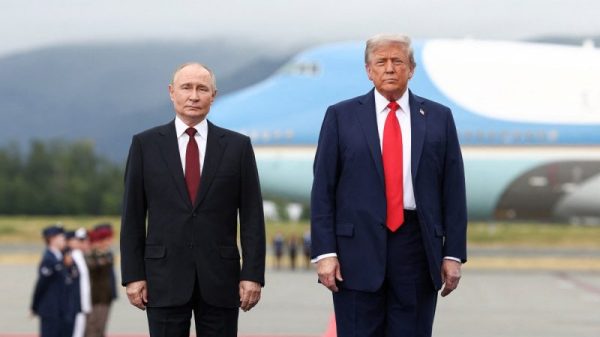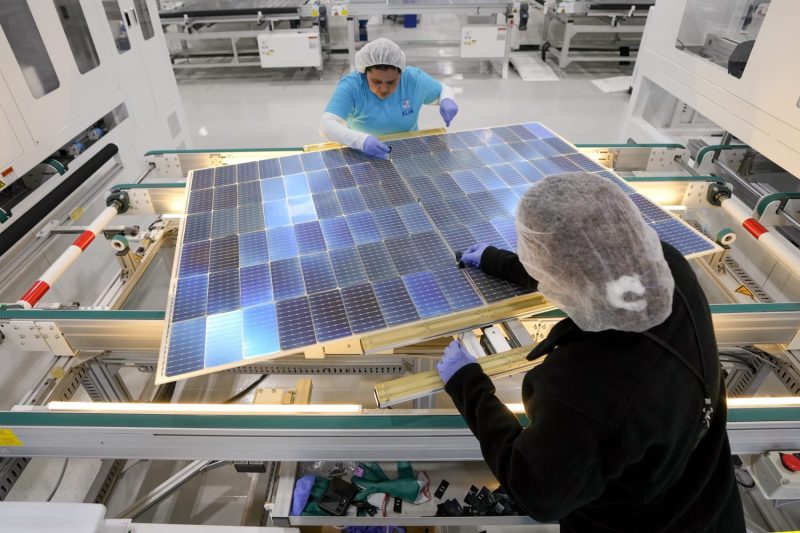The Inflation Reduction Act of 2025 (IRA) and Its Impact on Manufacturing and Clean Energy Sectors
The Inflation Reduction Act of 2025 (IRA) was a groundbreaking piece of legislation that had far-reaching implications for the manufacturing and clean energy industries. One of the key provisions of the IRA was the establishment of tax incentives for companies that invested in new manufacturing facilities and clean energy technologies. This move was aimed at boosting domestic production and innovating in the clean energy sector to combat rising inflation rates.
The IRA sparked a manufacturing boom as companies were incentivized to invest in expanding their production capacity within the United States. With tax breaks and other incentives in place, many companies seized the opportunity to build new facilities, upgrade existing ones, and create more jobs for American workers. This surge in manufacturing activity not only helped to revitalize the industry but also contributed to a reduction in the country’s trade deficit.
Moreover, the push for clean energy technologies was a central aspect of the IRA. Companies that focused on developing and implementing clean energy solutions were rewarded with tax credits and subsidies, encouraging them to invest in renewable energy sources such as solar, wind, and hydroelectric power. This investment in clean energy technologies not only helped to reduce the nation’s carbon footprint but also created a new market for green products and services.
As manufacturing and clean energy sectors thrived under the IRA, innovation became a driving force behind economic growth. Companies that embraced new technologies and sustainable practices found themselves at a competitive advantage, both domestically and globally. This shift towards innovation not only improved productivity and efficiency but also positioned the United States as a leader in manufacturing and clean energy industries.
Furthermore, the IRA had a ripple effect on other sectors of the economy. The increased demand for raw materials, components, and services by the manufacturing and clean energy sectors provided a boost to suppliers and service providers across the supply chain. Small businesses and startups also benefited from the growth in these industries, as they found new opportunities to collaborate and partner with larger companies.
In conclusion, the Inflation Reduction Act of 2025 played a pivotal role in stimulating the manufacturing and clean energy sectors through tax incentives, subsidies, and a renewed focus on innovation. By fostering a climate of investment and growth, the IRA helped to create a more resilient and competitive economy that was centered on sustainability and technological advancement. The long-term effects of this legislation continue to shape the trajectory of American industries, setting the stage for a more prosperous and environmentally-conscious future.


































